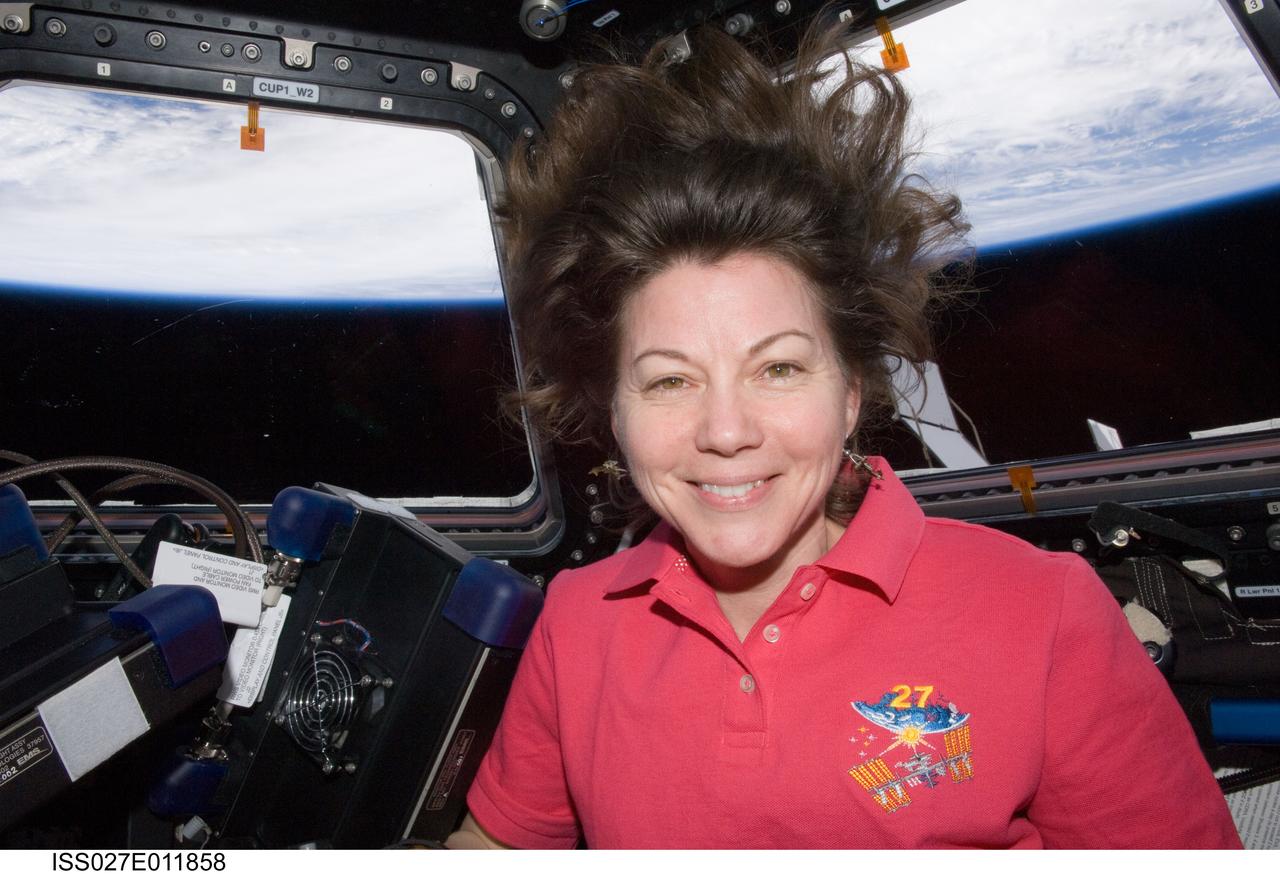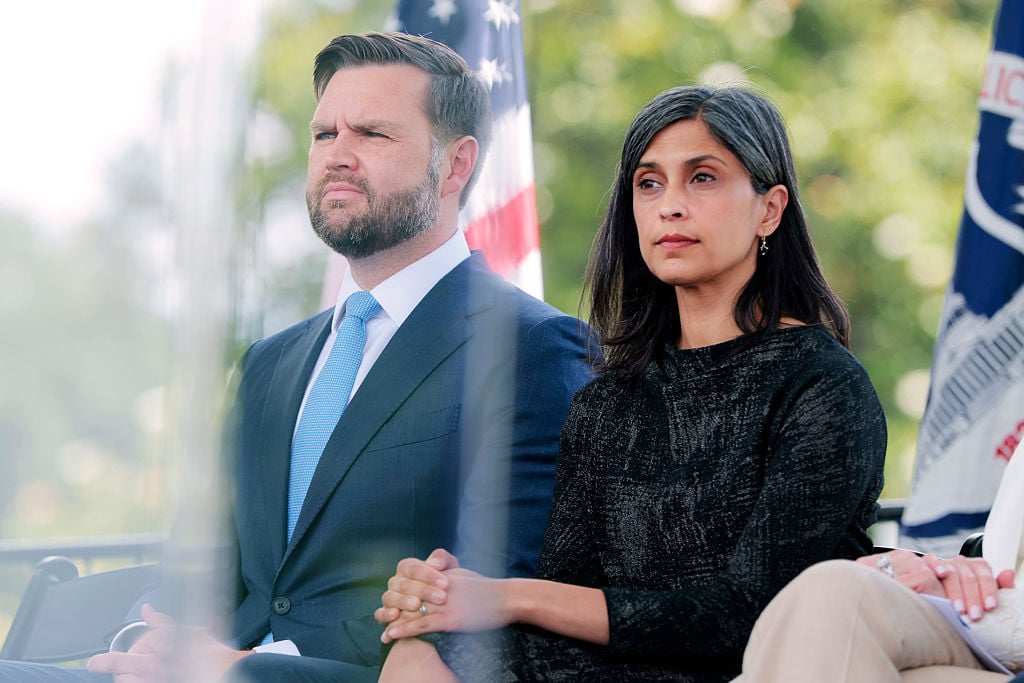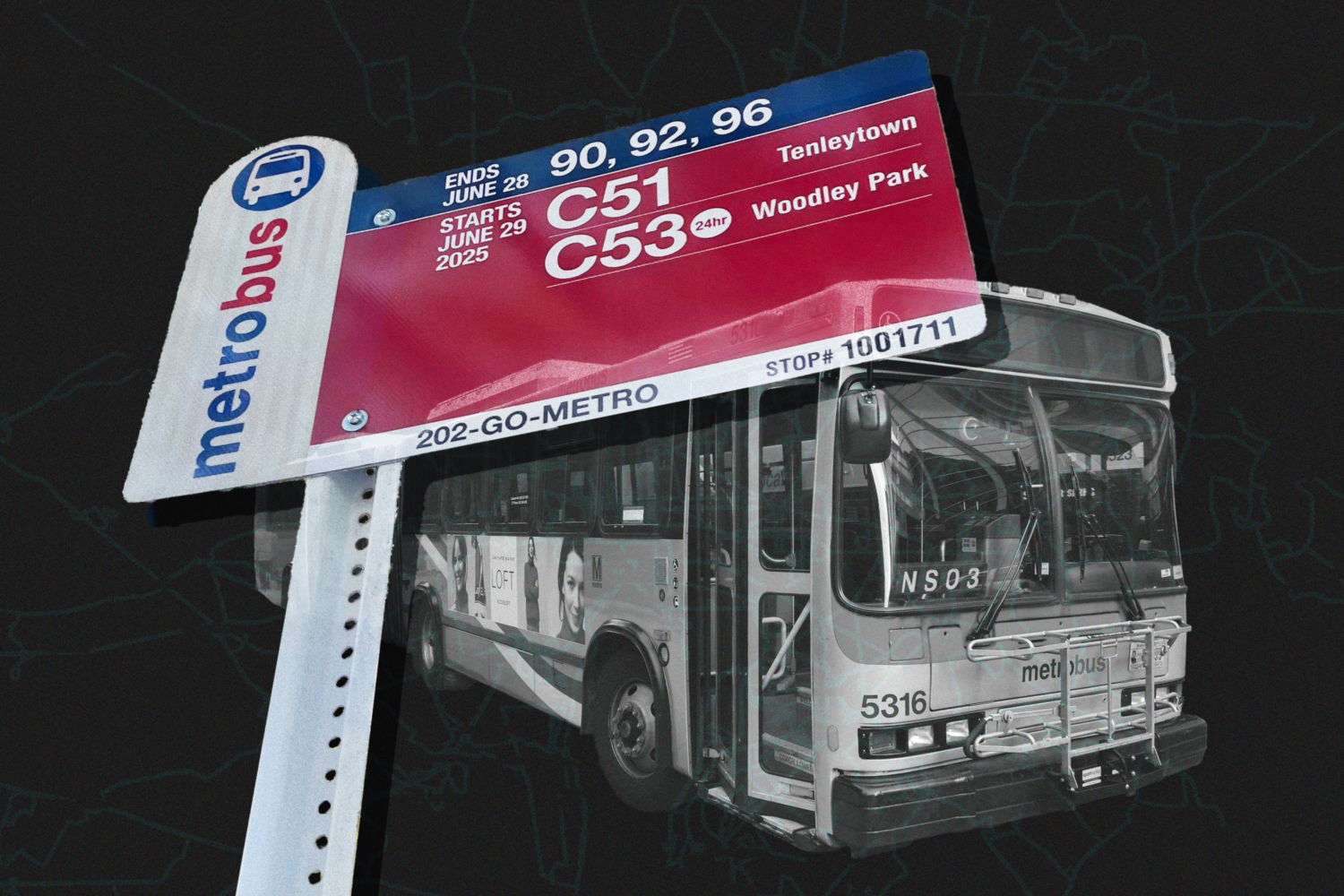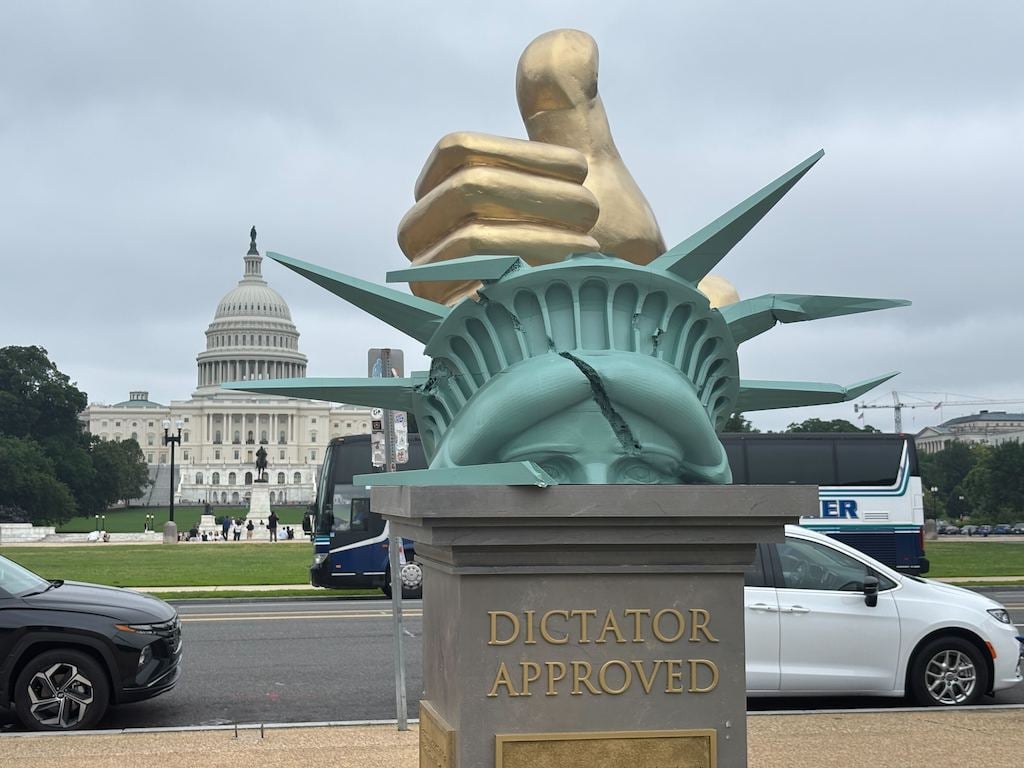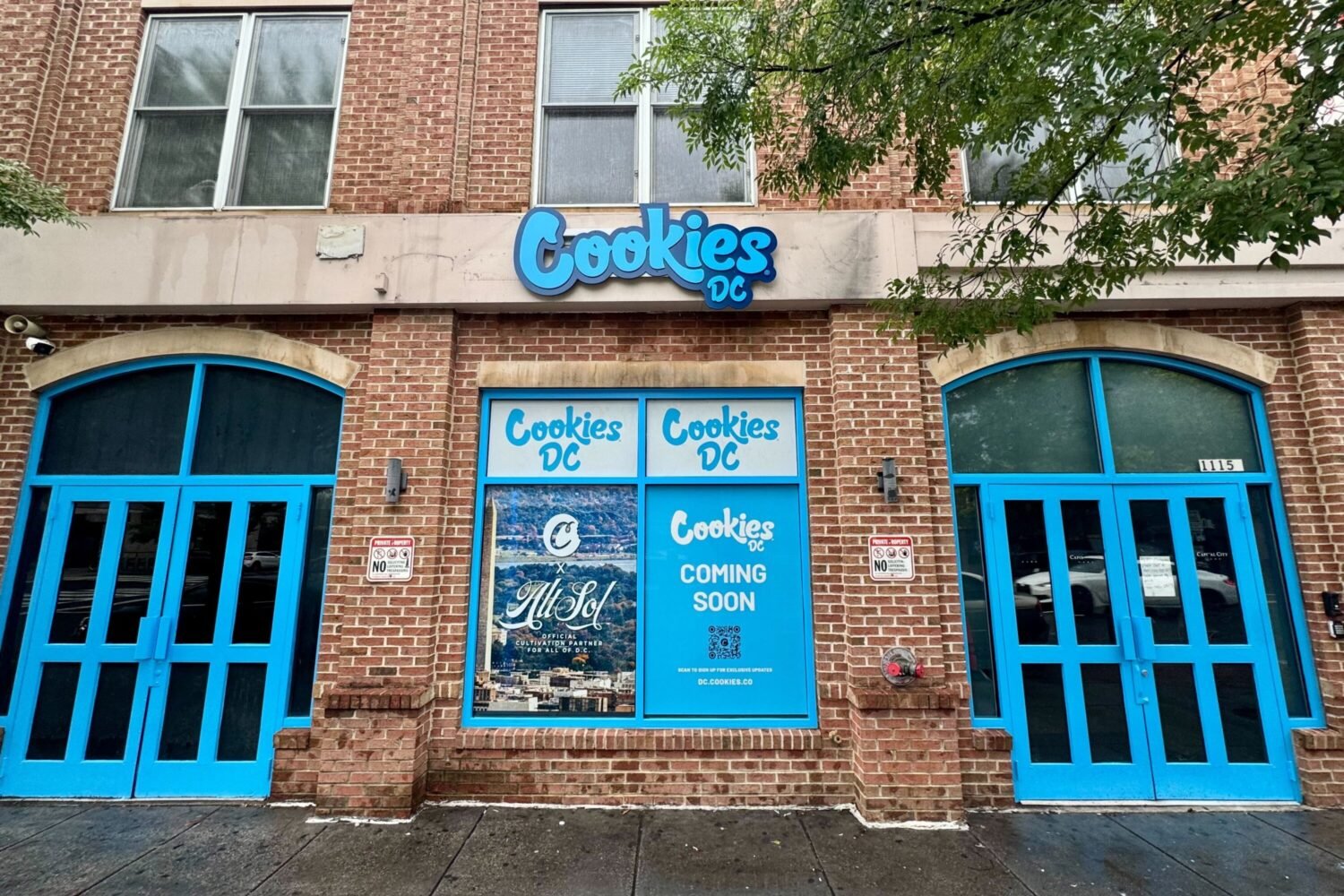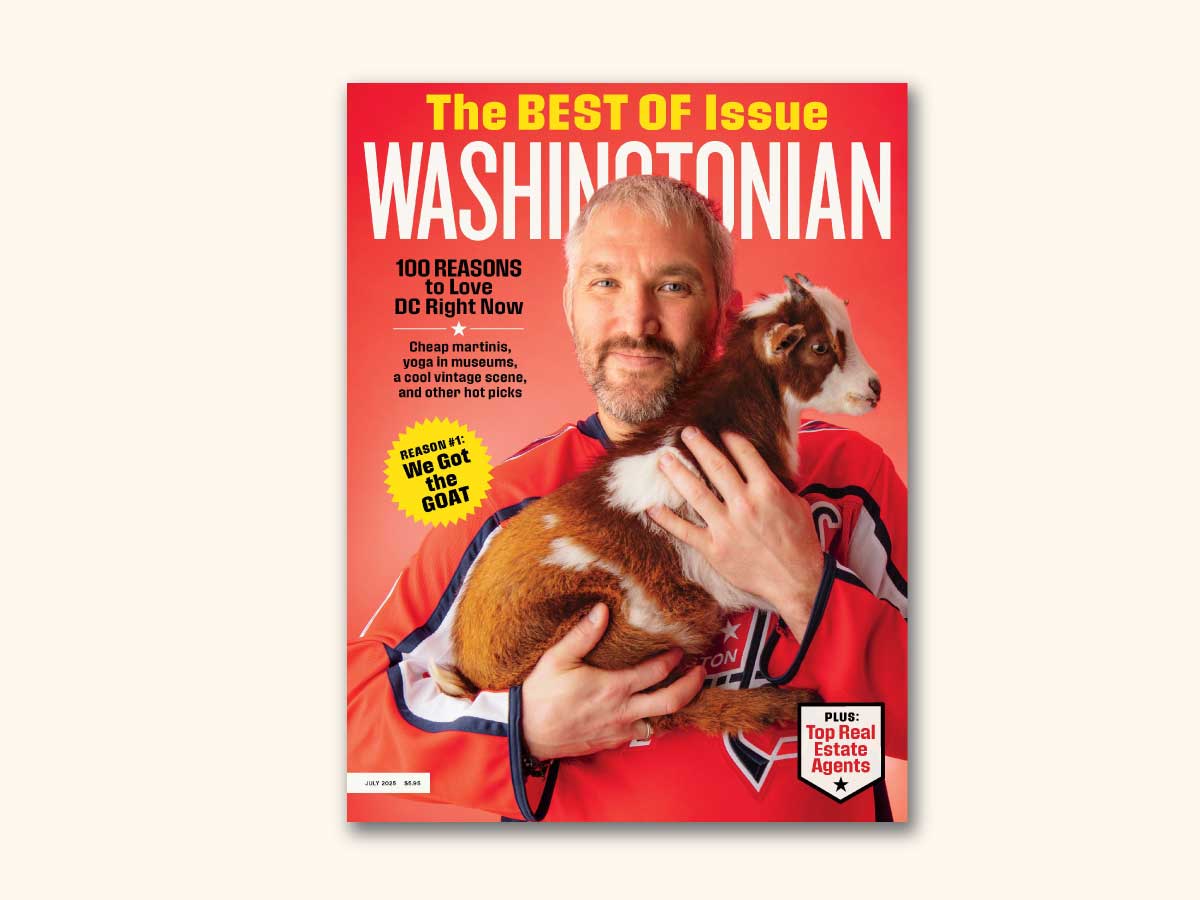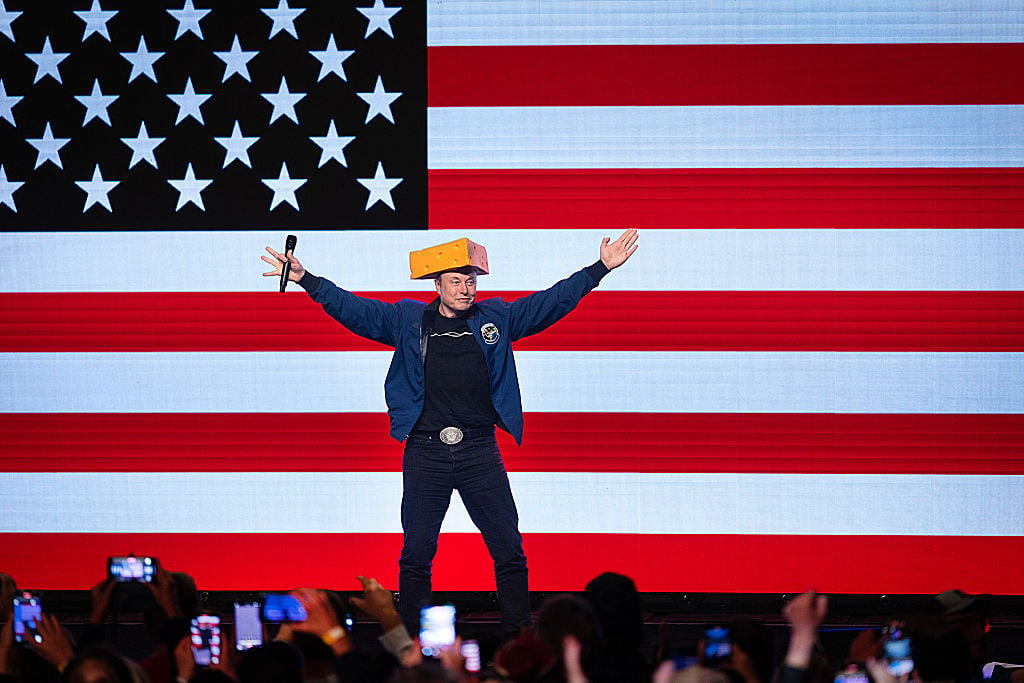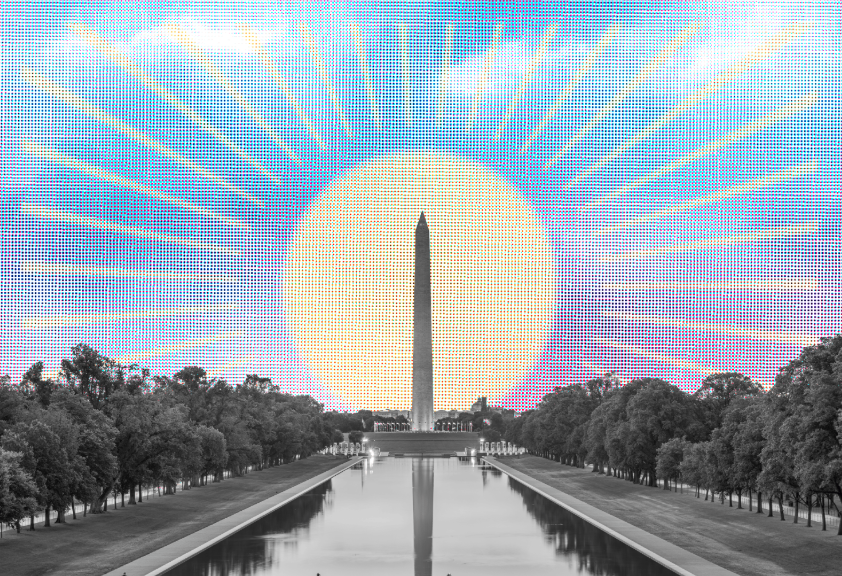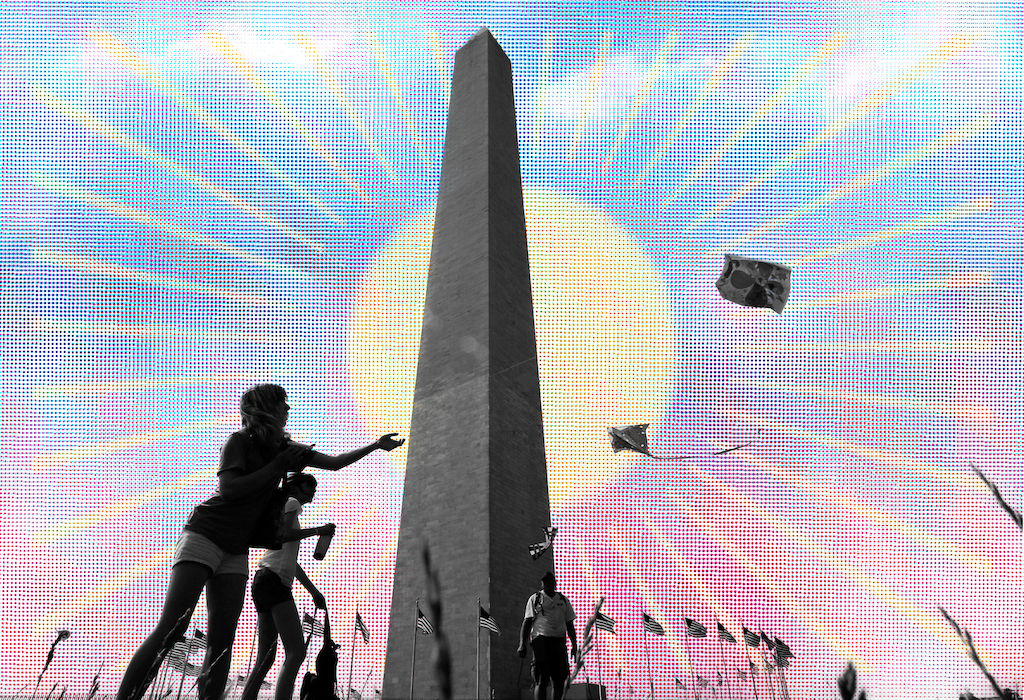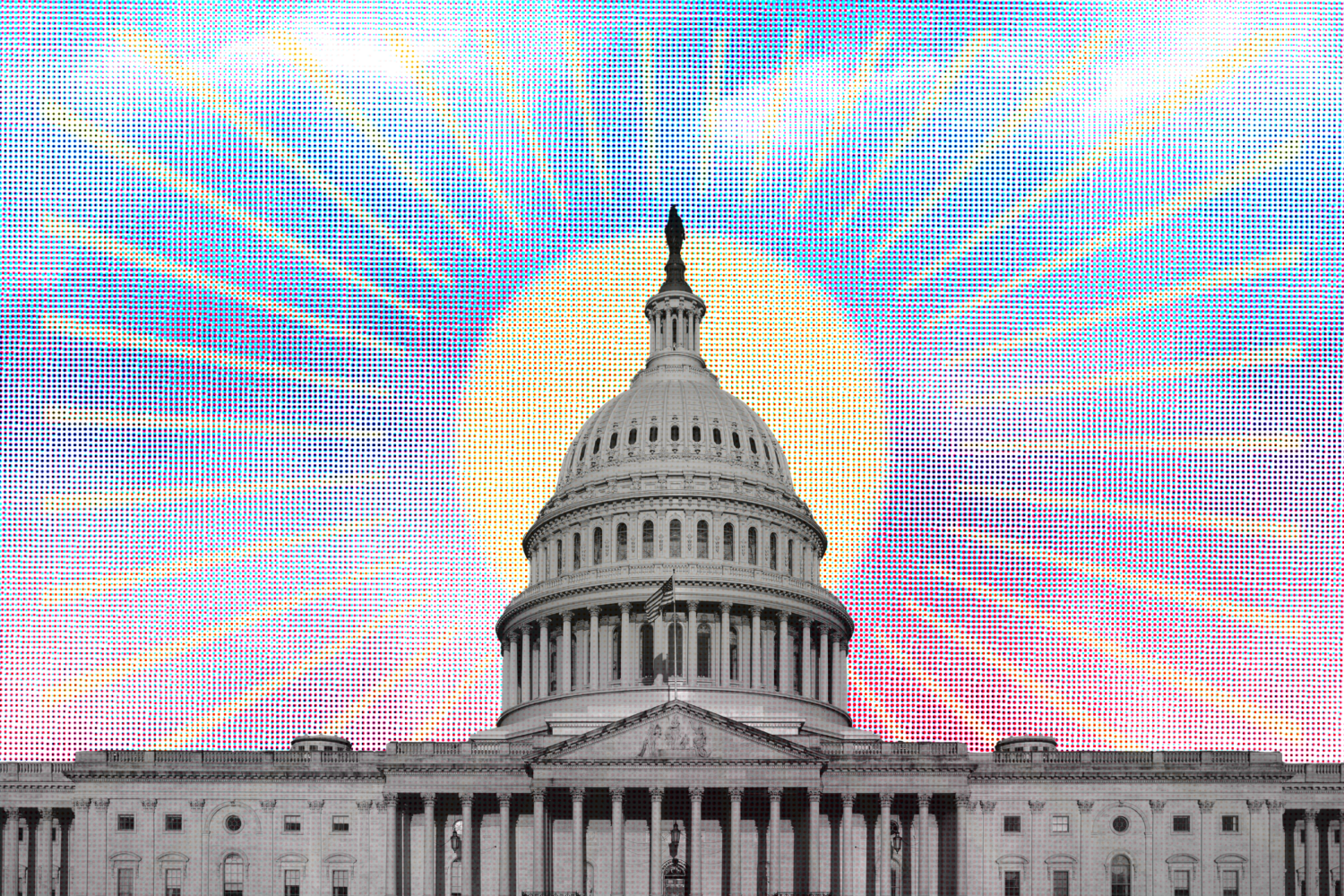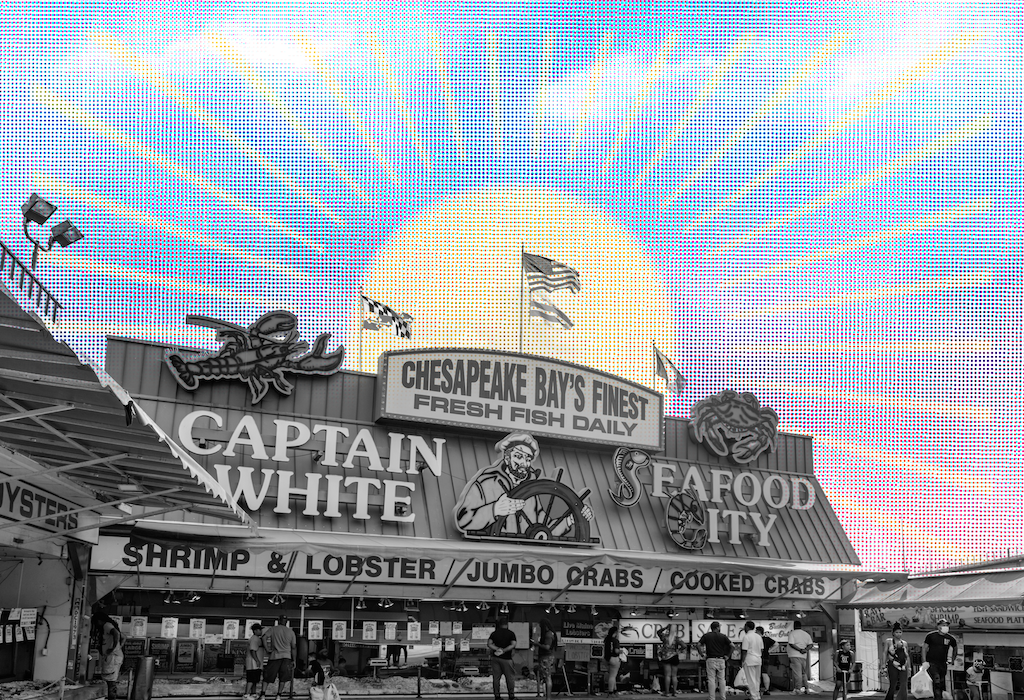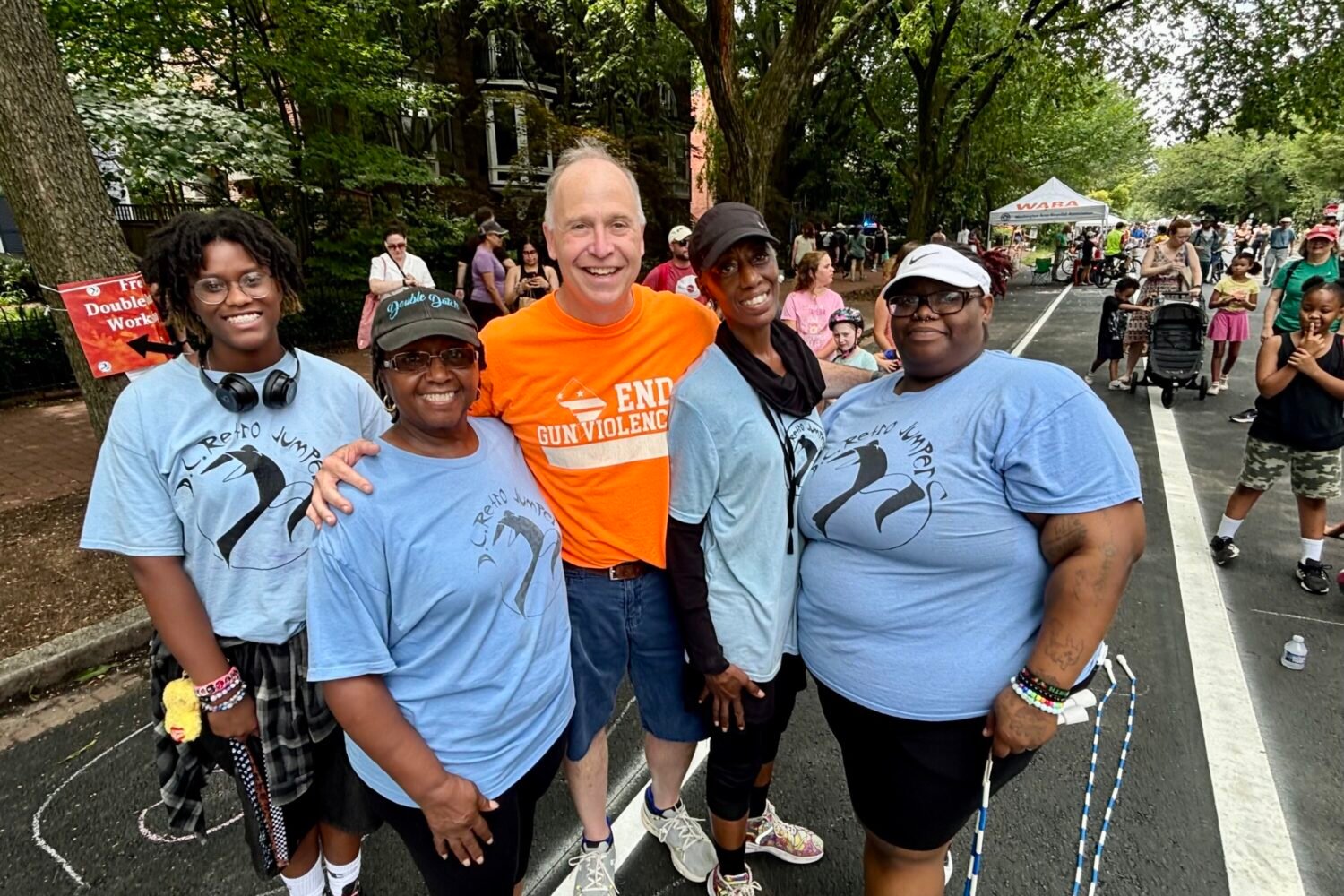Last June, astronauts Suni Williams and Butch Wilmore left on what was meant to be an eight-day jaunt to outer space. But their spacecraft malfunctioned, and they’ve now been gone for eight months, working at the International Space Station while awaiting firm plans for returning to Earth.
NASA stranding two astronauts in orbit would appear to be a scandal of gargantuan proportions—and the president suggested as much last week, posting on Truth Social that Williams and Wilmore had been “virtually abandoned in space by the Biden Administration,” and that he’d just asked Elon Musk (via his company SpaceX) to go retrieve them. But the President said a lot of things last week, and not all of them turned out to be true.
Given that, we had some questions: Are the astronauts actually stranded? And if not, why are they still in space? How are they staying busy? Who’s to blame? I tried to reach the astronauts themselves—they do occasionally call into interviews from orbit—but a NASA spokesperson let me know that their media slots are filled. “Please reach out again once they’re back on Earth and maybe we can set something up,” she wrote. Until then, we called the astrophysicist Jonathan McDowell and Cady Coleman, a retired astronaut. Here’s what you need to know.
Are the astronauts stranded?
The party line at NASA is that the astronauts are not stranded.
Then why are they still in space?
The allegedly stranded astronauts traveled to space aboard a craft called the Boeing Starliner. That trip did not go as planned. Prior to docking at the Space Station, the Starliner started glitching; there were a few helium leaks, and some of the thrusters (which help steer the ship) overheated and quit.
This $4.2 billion spacecraft was “acting like my old, cheap car that I used to have,” says McDowell, who writes the long-running newsletter Jonathan’s Space Report. “You’d have to sort of coddle it to make it do its thing.” His point is that the Starliner still worked, but the source of the issues was not totally clear. So, once the astronauts were safely aboard the Space Station, NASA had to ask: Might the thruster malfunction be a sign of a bigger problem that could endanger the astronauts’ lives?
NASA opted to be cautious. Instead of returning Williams and Wilmore to Earth in a potentially compromised craft, officials kept them at the Space Station while hatching a plan to get them home. Another crew was scheduled to arrive at the Space Station in September, so NASA simply pulled two astronauts from that mission, leaving empty seats on their ship for Williams and Wilmore to catch a ride back to Earth.
The thing is, in order for the Space Station to be fully staffed, someone needed to replace the two astronauts that got bumped. Williams and Wilmore were the obvious choice, seeing as they were already in space. Now they’re part of a regular ISS crew, finishing out a six month mission. They’ll head back to Earth when they’re done, likely sometime this spring.
Oh, so they’re not stranded?
“It’s way overblown,” McDowell says of the stranded-astronaut discourse. “They’re fine. They just got to do an extra spacewalk, which they love. They’ll come home on the next ride.”
Apparently, their situation is not even terribly uncommon. McDowell says an extra month tacked onto a mission is normal, and an extra few months isn’t all that unusual. In 2022, for instance, astronaut Frank Rubio went to the Space Station for a six-month mission, but then his spacecraft got damaged so he stayed in space for over a year.
Are the astronauts miserable and upset?
From time to time, the astronauts call down to Earth for an interview, and they always seem totally chipper—insisting that they’re having a great time, and that they don’t feel betrayed or stranded at all. Of course, these are well-trained, mission-oriented people who are not likely to criticize their employer in the press, especially while still in orbit. But still, it’s plausible that they’re genuinely fine.
“Sometimes you can tell in the body language if the astronauts are not really happy with what’s going on,” McDowell says, “but they seem pretty happy up there.” Coleman, a retired astronaut who worked five or so months at the Space Station, agrees. Astronauts wait for years to get missions, so they tend to treasure their time in space. “I myself would have spent another six months up there in a minute,” she says, pointing out that she worked at NASA for 24 years but was only in space for 180 days.

What are the astronauts doing with their extra time in space?
These astronauts are working hard—12 or more hours a day, Coleman says. They’re scheduled almost down to the minute with a variety of tasks: maintaining the Space Station’s infrastructure, keeping its computer systems up to date, doing occasional spacewalks, exercising to preserve their muscle mass, and practicing for their voyages home. “The day-to-day expectations are not that exciting,” McDowell says, “except that you get to look out the window and see the Earth below.”
Of course, the astronauts’ core job is science, collecting data that can’t be obtained on Earth. Williams and Wilmore have recently worked on experiments involving stem cell production for medicine, plant growth in space, and 3-D printing of metals. Last week, on a spacewalk, Wilmore swabbed the outside of the ISS to see if terrestrial microbes might survive in space. These experiments often have big implications on Earth, Coleman says. The plant growth studies, for instance, are meant to prepare NASA for Mars missions, but they also may help Earthbound farmers grow food on not-so-arable land.
And are these hardworking astronauts racking up tons of overtime since their eight-day mission ballooned?
No, the astronauts are paid like any federal employee on a business trip. They get their regular salary, no overtime, and NASA takes care of transportation, lodging, and food. “There is some small amount of money per day for incidentals that they end up being legally obligated to pay you,” Coleman says, recalling that for her it was around $4 a day. In other words, the astronauts might as well be at a conference in Cincinnati.
As federal employees, did the astronauts receive the OPM deferred-resignation memo in space?
“I am checking,” said the NASA spokesperson. “Hope to have an answer by your deadline tomorrow.” She did not, but we’ll update you if that changes.
Astronauts aside, who is this debacle worst for?
“Definitely Boeing,” McDowell says, since the problems with the Starliner “amplify all the other embarrassing things that have happened to Boeing aircraft and spacecraft in recent years.” There were the 737 Max crashes, the Alaska Airlines jet that lost a cabin panel mid-flight, the satellite that recently blew up. “They have a huge image problem,” McDowell says. And the Starliner “just adds to the sense that this aerospace giant has lost its mojo.”
The situation is also embarrassing for NASA, and McDowell admits that the agency didn’t communicate very well about it at first, which has led to persistent confusion about the astronauts. But fundamentally, he thinks NASA comes out looking fine. “They look like they don’t want another Columbia accident, like they’re being prudent and careful and putting the astronauts’ safety first.”
And what does this mean for Elon Musk and SpaceX?
With the Starliner out of commission, the astronauts are slated to come home aboard a SpaceX Dragon, which is great for Elon Musk. His company has now been safely ferrying astronauts to and from the Space Station for four years. Boeing’s Starliner, meanwhile, has not yet managed to get a crew there and back. As McDowell puts it, SpaceX is now “looking like the safe and reliable space Uber.”
To be clear, though, the plan to bring the astronauts home in a SpaceX vessel did not come together under Trump, despite what he’s claimed on Truth Social. Since September—months before Trump took office—the Crew-9 Dragon has been docked at the Space Station, ready to bring the astronauts home.
The astronauts are expected back this spring. Until then, how will they stay sane?
The schedule at the Space Station can be a grind, so astronauts train for years. Before going to space, Coleman did some prep missions: wilderness expeditions, an 11-day stint at an undersea research lab, and a trip to collect meteorites at the South Pole. “You learn that the environment is going to demand 100 percent of you, and you have to figure out how to keep yourself whole over a long period of time,” she says. “Creating that space where you can be your best self is part of our job.”
On a Space Station mission, Coleman says, there is “not a big leisure component”—but the astronauts do have a little room for fun. They call their families and friends, watch movies and sports, or play the Yamaha keyboard that was brought up on an early mission. People have “passion projects,” Coleman says—one of her crewmates was into photography, and she brought flutes from home. She loved calling her ten-year-old son and reading him stories from space.
Also, with regard to sanity, the cabins are soundproof, so when astronauts feel annoyed or overwhelmed, they can always call home and complain.
In the meantime, might the astronauts have some extraordinary experiences?
Coleman thinks so. Sometimes, when the lights were dimmed in the lab and everyone else was in bed, she’d float around the Space Station by herself. “It’s almost like you’re a fish in an aquarium,” she says, “where it’s sort of dark and you’re gliding through this wonderful place.” But best of all was hanging out in the cupola, which is the Space Station’s windowed dome from which astronauts can see into space or watch the Earth spin below. “You can see someplace that you care about coming, and you can just twirl around and watch it going off in the distance,” she says. “I think there’s a lot of comfort in going to the cupola and seeing the Earth.”
